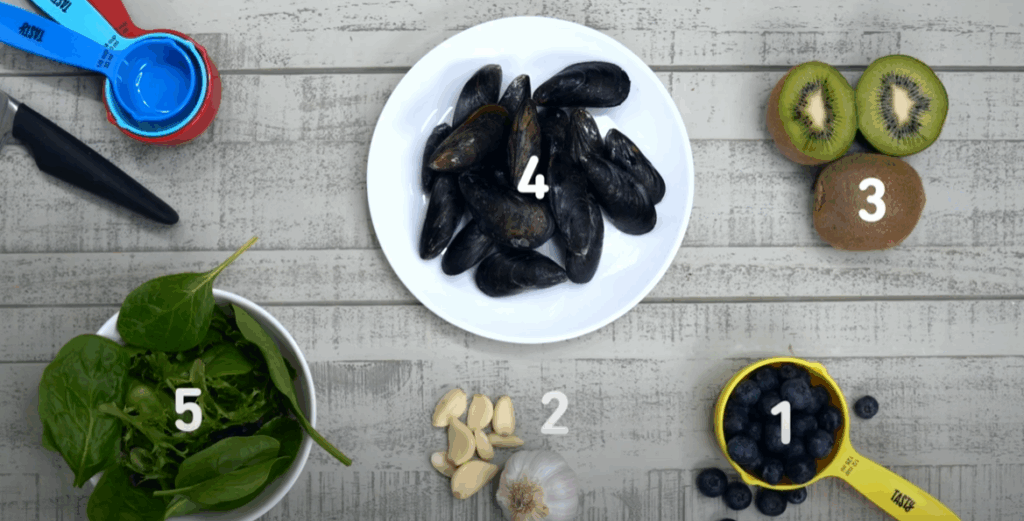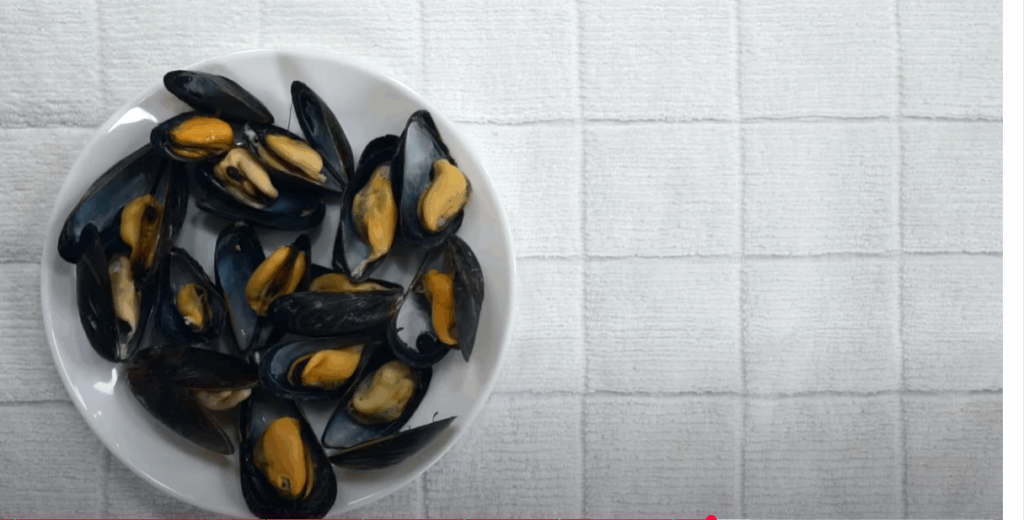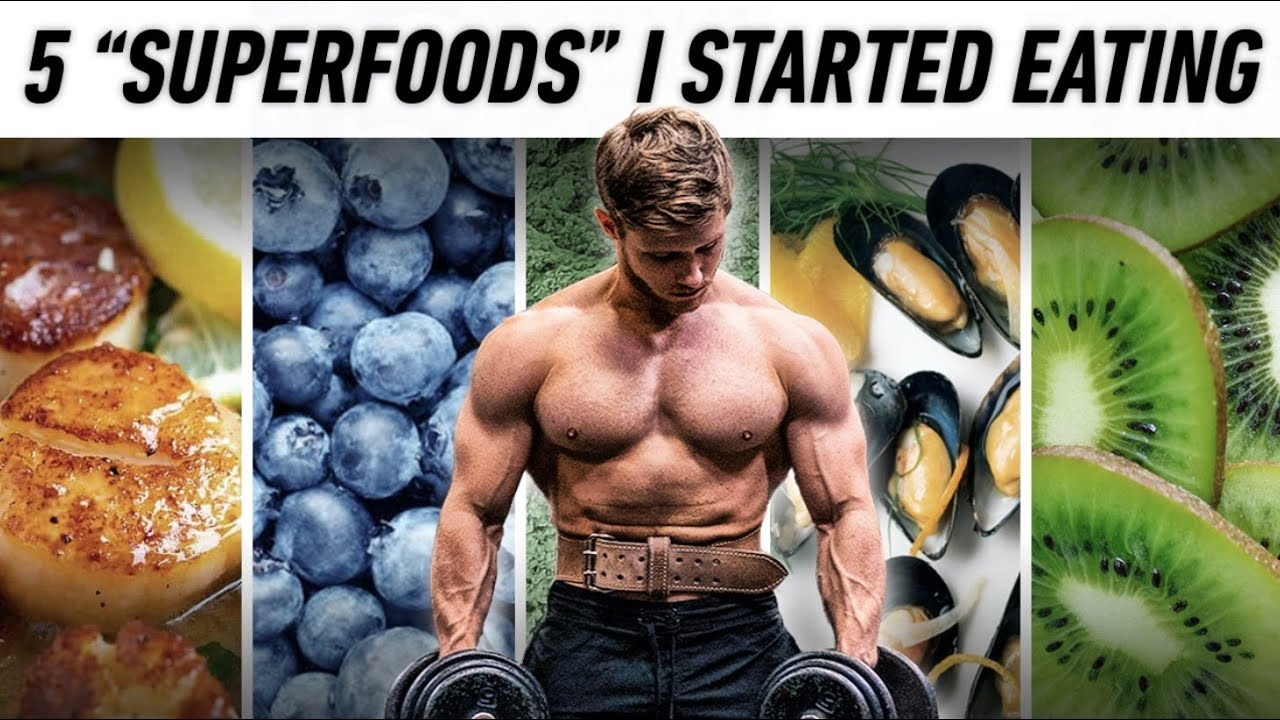The term “superfood” gets thrown around a lot, but most of the time, it’s more marketing hype than science. There’s no official definition of a superfood, and no single ingredient can magically make you healthier or shredded overnight. Real progress in body composition comes from consistent training, eating a balanced diet, and maintaining a caloric balance tailored to your goals.
That said, certain foods are nutritional powerhouses. They contain bioactive compounds that can support heart health, brain function, muscle recovery, and even hormonal balance. Here are five scientifically-backed foods worth adding to your diet if you want to optimize performance, longevity, and overall health.

1. Blueberries: Tiny Berries with Big Benefits
Blueberries are often praised for their antioxidant content—and for good reason. One cup contains only about 85 calories, 21 grams of carbohydrates, and provides a solid dose of vitamin C and vitamin K. But what makes blueberries exceptional is their high concentration of anthocyanins, a type of polyphenol that gives them their deep blue color.
Why Blueberries Stand Out
- Brain Health: Anthocyanins can cross the blood-brain barrier, and research suggests they may improve blood flow and support cognitive performance. One study showed that older adults who consumed blueberry extracts experienced improved memory and mental processing speed.
- Heart Health: Regular blueberry consumption has been linked to lower blood pressure, reduced LDL cholesterol, and improved insulin sensitivity—all critical for cardiovascular wellness.
How to Eat Them
A daily serving of half to one cup is a simple way to gain these benefits. Toss them in your oatmeal, blend them in a protein smoothie, or enjoy them as a post-workout snack.
2. Garlic: Nature’s Immune Booster and Heart Protector
Garlic has been used for centuries for its medicinal properties, and modern research backs its reputation.
Key Benefits
- Immune Support: Studies show that people who regularly consume garlic have fewer and shorter colds.
- Heart Health: A meta-analysis of 39 trials revealed that garlic supplementation can help lower total cholesterol and may contribute to healthier blood pressure levels.
How to Include It
Fresh garlic offers the strongest benefits, but garlic powder and capsules are good alternatives if you dislike the taste. Add minced garlic to stir-fries, roasted vegetables, or scrambled eggs to get a daily dose. For supplements, doses between 600–1,500 mg per day have been studied for cardiovascular benefits.
3. Kiwi: The Underrated Sleep and Digestive Aid
Kiwi fruit might not dominate grocery store shelves like apples and bananas, but it’s a nutritional gem.
Why You Should Eat Kiwi
- High in Vitamin C: One kiwi provides more vitamin C than an orange, supporting immune function and collagen production.
- Better Sleep: Some research suggests kiwi may improve sleep quality, possibly due to its serotonin and antioxidant content. Eating the peel (yes, the peel!) also adds extra fiber and micronutrients.
Best Way to Eat
Simply wash the fruit and eat it whole, peel and all, to maximize fiber intake. Two kiwis in the evening may help improve sleep patterns.

4. Mussels and Shellfish: Muscle-Building Protein with a Hormonal Boost
For those focused on muscle growth, shellfish like mussels and scallops are fantastic additions.
Why Athletes Should Eat Shellfish
- High-Quality Protein: A 150-gram serving of mussels delivers 18 grams of protein, with a leucine content comparable to chicken and beef—making it excellent for stimulating muscle protein synthesis.
- Omega-3s & Minerals: Shellfish are rich in omega-3 fatty acids, zinc, magnesium, and potassium. Zinc is particularly important for maintaining healthy testosterone levels, which can drop in athletes who sweat heavily and deplete minerals.
How to Prepare
Steam mussels in salted water for a couple of minutes, or pan-sear scallops with olive or macadamia oil. Aim for one to two servings per week to reap the benefits.

5. Leafy Greens: Natural Nitric Oxide Boosters
Spinach, kale, and other leafy greens aren’t just “diet foods”—they’re performance enhancers for lifters.
Why Greens Help in the Gym
Leafy vegetables are loaded with natural nitrates, which increase nitric oxide production in the body. Nitric oxide acts as a vasodilator, improving blood flow, delivering nutrients to muscles, and enhancing that sought-after training “pump.” Research on beetroot nitrates (which act similarly to leafy greens) shows increased endurance and more total reps during resistance training.
How to Eat Them
Include at least one to two servings daily. Add spinach to omelets, throw kale into smoothies, or mix a big salad with different greens before training sessions.
Why These Foods Work Best as Part of a Whole Diet
No single food will magically transform your health or physique. The real power comes from combining nutrient-rich whole foods with a well-structured training program. Supplements can be helpful in specific cases, but for most people, whole foods provide better absorption and additional health benefits.



